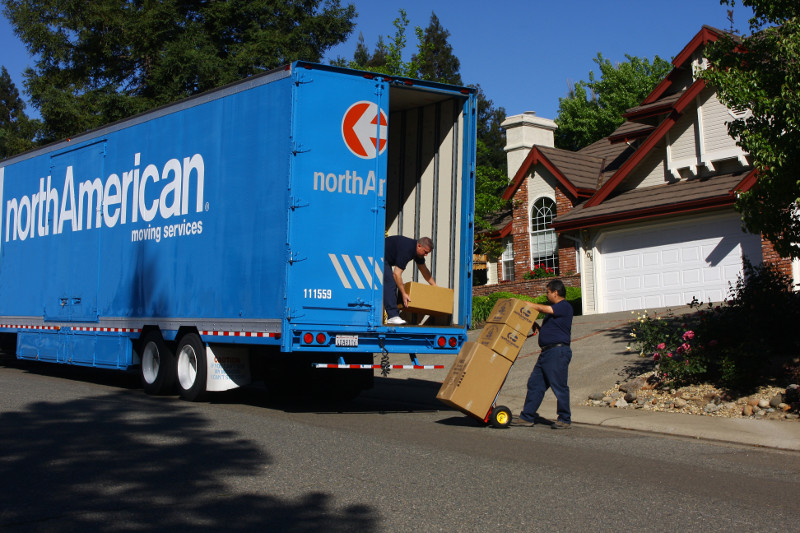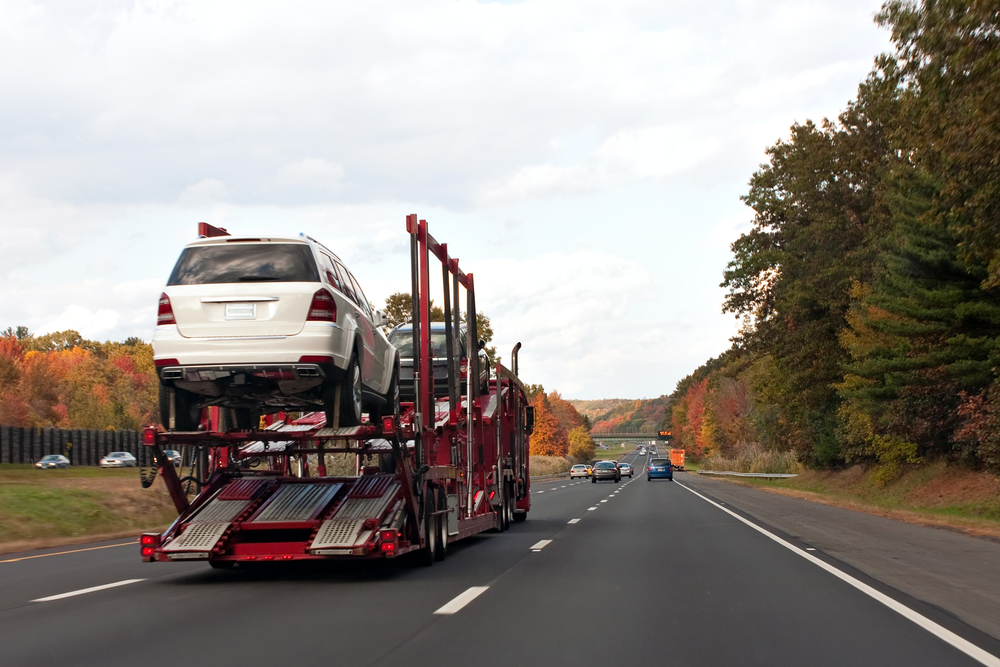Moving can be an exciting adventure, but it’s no secret that it comes with its challenges. From packing boxes to navigating tight spaces, relocating can be quite a task. However, some items are trickier to move than others. Whether it’s due to their size, weight, or delicate nature, these items require special care and expertise.
If you’re planning a move, here’s a list of some of the most challenging items to relocate.

Difficult Furniture and Household Items to Move to a New Home
Pianos
One of the most notorious items to move, pianos are heavy, awkwardly shaped, and often delicate. Whether it’s a grand piano or an upright, moving these musical instruments requires specialized knowledge to avoid damage.
Not only do you need to protect the keys, strings, and pedals, but pianos are also incredibly heavy, making it a challenge to move them upstairs or through narrow hallways. Professional movers have the right equipment, including piano dollies and straps, to safely move pianos quickly and efficiently.
Large Furniture (Sofas, Sectionals, etc.)
Large, bulky furniture like sectionals and oversized couches can be a nightmare during a move. These items often don’t fit through doors or around corners, and maneuvering them without damaging the walls or furniture can become time-consuming. Think of the iconic scene from Friends – PIVOT!!!
Movers are experts in navigating tight spaces and can disassemble furniture when needed to make the process smoother. They also use special moving blankets to prevent scratches and other damage during the move.
Antiques and Delicate Artwork
Antiques, sculptures, and fine art require extreme care and attention to detail during a move. These items are often fragile, expensive, and irreplaceable, making their safe transport a priority.
Wrapping delicate pieces with protective materials, like bubble wrap or custom crates, is essential to ensure they arrive at your new home in one piece. Experienced movers have the proper packing materials and techniques to safeguard valuable items while securely loading and transporting them.
Appliances (Refrigerators, Washers, Dryers)
Moving large appliances is another logistical challenge. Refrigerators, washers, and dryers are heavy and awkward to lift, and they often need to be disconnected and reconnected at both ends of the move.
These items also have specific requirements, like draining water from a washing machine or securing refrigerator doors for transport. Movers come equipped with the right tools to properly disconnect, move, and set up appliances, saving you time and the risk of damage.
Fish Tanks and Aquariums
Fish tanks are both fragile and heavy, and moving them can feel like a precarious balancing act. Not only do you have to worry about the water spilling, but the tank can break or crack if not handled correctly.
The fish and water also need to be transported carefully to ensure they survive the move. Movers with experience handling aquariums will know how to properly drain the tank, transport it securely, and even help set it up in your new home.
Flat-Screen TVs and Entertainment Systems
Flat-screen TVs and other entertainment equipment can be surprisingly difficult to move. While they are fragile, they also come in a variety of sizes, from the small to the massive.
To avoid any screen damage, it’s important to properly package them with foam padding or the original boxes (if you have them). Movers know how to carefully wrap and protect these items, ensuring they stay safe during transit.
Heavy Exercise Equipment
From treadmills to weight machines, exercise equipment is known for being both heavy and oddly shaped. These items often require disassembly and extra attention to ensure they are not scratched or damaged.
Moving them safely requires the right lifting techniques and equipment, like lifting straps or dollies. Movers are trained in handling these items and will have the tools necessary to get them from one home to the next without issue.
Large Rugs and Carpets
While they may not seem like a big deal at first, large rugs or carpets can be surprisingly difficult to move. These items often must be rolled up tightly, and you’ll want to ensure they’re not damaged or stained during transport.
Additionally, moving large carpets can take up a lot of space in the moving truck. Movers will know how to handle rugs properly, using special techniques to keep them clean and safe during transit.
Outdoor Equipment (Lawnmowers, Grills, etc.)
When it comes to outdoor equipment, items like lawnmowers, grills, and gardening tools can be cumbersome and challenging to move. Lawnmowers often need to be drained of gas, and grills need to be disassembled before transport.
These items can be heavy and require special care to avoid leaks or damage. Movers with experience know how to handle these outdoor items, ensuring they are transported safely and set up in their new location.
Moving Large, Tall, Awkward Sized Items Doesn’t Have to Be a Problem
Relocating doesn’t have to be a stressful experience, especially when you have the right help. While there are challenging items to move, professional movers are trained and equipped to handle them all.
From heavy furniture to delicate antiques, movers have the experience, tools, and techniques to safely transport your belongings quickly, efficiently, and most importantly.
Choose Crescent Moving and Storage for Your Next Move
When you choose Crescent Moving, you will get a team of professional movers who are licensed and insured, bonded, and certified by the Canadian Association of Movers. Our certified moving agents guarantee the best door-to-door service. Get a FREE, no-obligation quote: https://crescentmovingandstorage.com/moving-quote/









